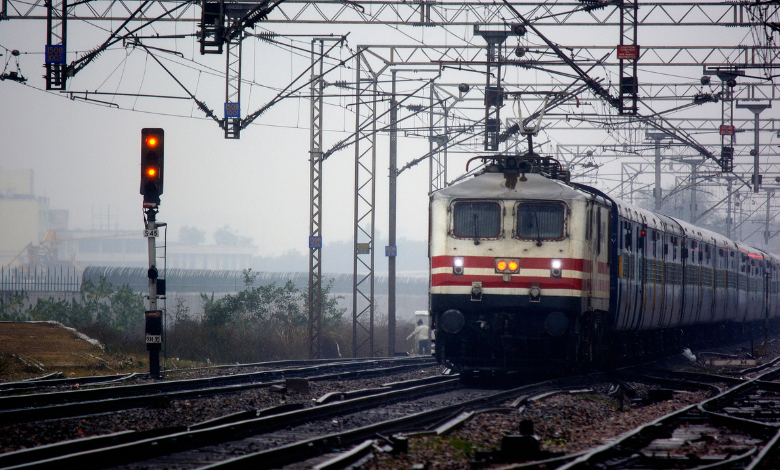Desvío tren cercanías valencia sant isidre

The Cercanías train network in Valencia is a vital transportation system connecting different parts of the city with nearby towns and regions. However, periodic train diversions can impact daily commuters and travelers alike. One such diversion is on the line to Sant Isidre, a station located in the outskirts of Valencia. Understanding the cause, routes, and solutions for these train diversions is crucial for passengers to adjust their schedules accordingly.
Why Do Train Diversions Happen?
Train diversions can occur for various reasons, such as:
- Infrastructure Maintenance – Regular upkeep of tracks, stations, and signaling systems can necessitate temporary rerouting.
- Upgrading Services – New technological installations or station improvements often require temporary closures or diversions.
- Accidents or Emergencies – In rare cases, accidents or unforeseen circumstances like severe weather can force a diversion of trains.
- Construction Projects – Major urban development projects, such as new roadways or buildings, can temporarily disrupt train lines.
Specifics of the Diversion to Sant Isidre
The Sant Isidre Station serves both the Cercanías and long-distance trains. The recent diversions have primarily affected Cercanías Lines C-3 and C-4, which link the surrounding regions with the Valencia city center.
- Lines Affected:
- C-3 Line: This line typically runs from Valencia Nord Station to Buñol and Utiel, passing through Sant Isidre.
- C-4 Line: This line connects Valencia to Xirivella and Aldaia.
- Temporary Changes: Passengers who usually board the train at Sant Isidre may face temporary closures or changes in service. In some cases, alternative routes or bus transfers are arranged for affected travelers.
- Revised Timetables: Train schedules during diversions are often adjusted, with some trains skipping stations or taking longer routes.
Alternatives for Passengers
When a diversion occurs, it is essential for commuters to know their alternative options to ensure smooth travel. Some options include:
- Alternative Stations: Passengers may need to use nearby stations such as Valencia Nord or Joaquín Sorolla during the diversion.
- Bus Services: Valencia’s public transportation system may provide additional bus routes or temporary shuttle services to cover areas affected by the train diversion.
- Carpooling: In some instances, local authorities encourage carpooling or ride-sharing services during significant train diversions to ease the strain on public transport.
- Walking or Cycling: For short distances, many residents opt for walking or using bikes to bridge the gap between closed stations and alternative transport routes.
Managing Commuter Impact
Valencia’s train diversions, while necessary, can cause disruption for regular commuters. The following strategies can help ease the inconvenience:
- Advanced Notices: Train operators usually provide advance warnings of upcoming diversions through email alerts, official websites, and mobile apps. Staying informed can allow passengers to plan their routes ahead of time.
- Information Boards at Stations: During a diversion, electronic boards and station announcements regularly update travelers on changes in schedules or routes.
- Social Media Updates: Follow Renfe Cercanías and Valencia public transport services on social media for real-time updates about the situation.
Long-Term Benefits of Diversions
Despite the temporary inconvenience, train diversions are often necessary for long-term improvements. Once completed, passengers can benefit from:
- Upgraded Facilities: Many diversions are part of modernization projects aimed at enhancing the station facilities and track systems.
- Improved Service Reliability: The maintenance work ensures that trains can run more reliably in the future, with fewer breakdowns or delays.
- Increased Capacity: Expanding stations or adding more platforms can lead to a higher frequency of trains and shorter wait times for passengers.
Conclusion
Train diversions like those affecting the Cercanías lines to Sant Isidre are a temporary inconvenience, but they are often necessary to maintain and improve the overall quality of the rail network. By staying informed, exploring alternative transportation options, and adjusting travel schedules, passengers can minimize the impact on their daily commute.



